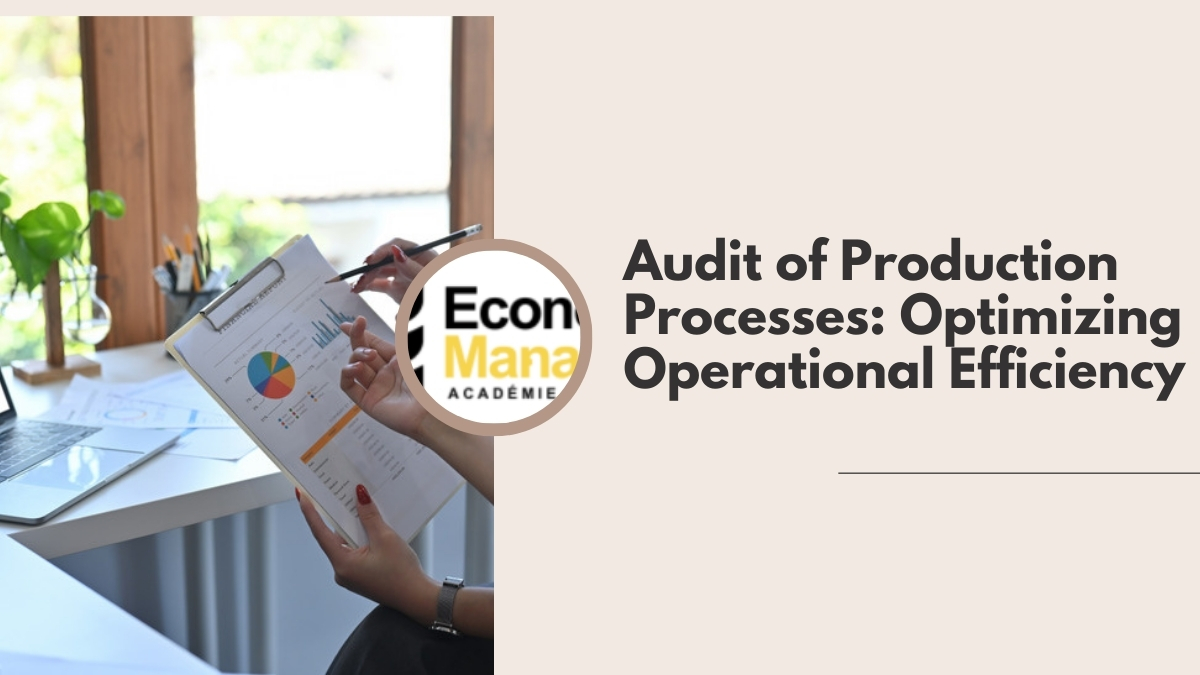Internal audits are a powerful tool for businesses to maintain and improve their operations, ensuring compliance with standards and identifying areas needing improvement.
This article aims to provide businesses and Quality, Health, Safety, and Environment (QHSE) managers with a comprehensive resource, offering a clear and structured plan to successfully navigate the internal audit process.
By following the 8 Steps to Prepare an Internal Audit outlined in this guide, organizations can promote a culture of continuous improvement and ensure adherence to high standards.
Table de matières
Understanding Internal Audits
An internal audit is an examination conducted by employees of the organization or hired consultants to assess operational processes and internal controls. It focuses on process improvement, risk management, and compliance with various standards and regulations. Internal audits differ from external audits, performed by third-party entities, in that they are often more frequent and focus on optimizing internal processes.
Benefits of Internal Audits
- Training for External Audits: Internal audits serve as a simulation, helping organizations and employees familiarize themselves with the audit process and ensure they are compliance-ready.
- Uncover Unknown Issues: Internal auditors bring a fresh perspective and can identify problems that may have been overlooked by those closely involved in day-to-day operations.
- Objective Perspectives: They offer an impartial viewpoint, allowing businesses to pause, gain insights, and make improvements that save time and money.
- Justification for Changes: Formal audit reports can advocate for necessary updates, reducing resistance and budgetary constraints from stakeholders.
- Ease of Compliance: When internal audits are effective, they ensure adherence to relevant standards, making external certification audits simpler.
Essential 8 Steps for Preparing an Internal Audit:
- Define Clear Objectives: Start by specifying the exact objectives of your internal audit. Identify the ‘what’ and ‘why’ of your audit, along with any risks or issues to be addressed and the history of previous audits. Precise objectives ensure a focused and productive process.
- Gain Organizational Agreement: Appoint an auditor or audit team with the right skills and authority to ensure cooperation from all levels of the business. Effective communication and engagement are key to gaining organizational support.
- Prioritize: Internal audits can cover a wide range of areas. Prioritize processes or risks that require immediate attention based on the audit’s objectives for a thorough and meaningful assessment.
- Ask the Right Questions: Follow a structured framework, such as the ‘five C’s’: Criteria, Situation, Cause, Consequences, and Corrective Actions. Reflect on these elements before the audit and include the answers in your post-audit report for a clear overview.
- Identify Stakeholders: Determine who needs to be involved based on the audit’s scope. A company-wide audit will require the participation of multiple teams, while a more limited audit will involve only a few individuals. Ensure that all concerned parties are informed and prepared.
- Foster a Positive Attitude: Motivate employees and stakeholders to view the internal audit as an opportunity for growth and improvement, rather than merely a compliance obligation. Their insights and suggestions are valuable contributions to the process.
- Focus on Solutions: When problems are identified, prioritize finding solutions over analyzing the issues. Empower employees to take charge of efficient problem-solving.
- Provide Contextual Improvement Suggestions: Create an evidence-based, understandable improvement plan for staff. Ensure everyone comprehends the reasons behind the proposed changes and works towards a common goal.
Enhancing Audit Preparation with Technology
Using technology can significantly streamline the audit preparation process. Specialized software, such as audit management or QHSE management platforms, offer various benefits:
- Real-time data analysis and reporting
- Automated compliance tracking and notifications
- Efficient management and access to documentation
- Identification and management of corrective actions
By integrating these digital solutions, businesses and QHSE managers can spend less time on administrative tasks and more time on strategic improvement, fostering a culture of excellence.
Conclusion
Preparing for an internal audit is a structured and detailed process that, when well-executed, brings added value to the organization. By following the steps outlined in this article, businesses and QHSE managers can successfully navigate the audit process, identify areas for improvement, and maintain high standards. Remember, internal audits are a tool for continuous improvement and a means to ensure regulatory compliance, contributing to your organization’s long-term success.
FAQ
Q: Why are internal audits important, and how frequently should they be conducted?
Internal audits are essential for maintaining compliance and identifying areas for improvement. The frequency depends on the industry and specific processes being audited. It is recommended to conduct audits regularly, at annual, semi-annual, or quarterly intervals, with some areas potentially requiring more frequent checks.
Q: How can I ensure a positive and productive audit experience?
Preparation is key. Understand the scope of the audit, gather relevant documents, and address any gaps in advance. Communicating the benefits of the audit to your team and fostering a positive attitude are also critical success factors.
Q: What are the advantages of using technology and software solutions in the audit preparation process?
Integrating audit management software or QHSE platforms simplifies the entire audit journey, from planning and scheduling to execution and follow-up. These tools enhance timeliness, ensure compliance, and reduce operational risks.
Q: How can I encourage my team to actively participate in internal audits and view them positively?
Communication and involvement are crucial. Explain the purpose and benefits of the audit clearly, highlighting its contribution to the organization’s success. Offer support and training to your team so they feel prepared and capable. A positive and encouraging attitude from supervisors can significantly influence how employees perceive audits.







